
DEEP INTO THE COMMUNITY
Black Diamond Athlete Angela Hawse is a guide for change.
You're eligible for Free Shipping!
$0.00 USD

A couple of months ago I climbed the North Face of the Eiger with some friends. On one particular pitch above the Waterfall chimney, I was climbing some harder mixed moves right above the belay. My gloved hands groped a rounded rail, while my crampons scraped on marginal limestone edges and a thin layer of verglasse. The single piece between me and my belayer was a half-pulled-out, bent over piton. As I moved further above this piece, questions formed in the back of my mind: "Will that manky pin hold?" "Should I have a Yates Screamer on that thing?" "Do Screamers even help?" Luckily, I didn't have to find out the answer to any of these the hard way. As soon as I got back, however, I decided to do some drop tests in the lab to give myself some rough answers to these questions.



Analysis
From the data above, it became clear that we were not too far off in our hypothesis: the Screamers did reduce the peak force on the first piece of gear, while nylon absorbed a bit of energy, and Dynex behaved similarly to steel chain. The Screamer did reduce the peak force by 14-17%, or a reduction of 1.4-1.8 kN.
We figured that the very severe nature of a Factor 1 fall very near the anchor is perhaps not showing us the difference between Screamers and other dogbones as well as it could because the forces generated in such a fall are WAY above the activation force for the Screamer. We decided to repeat the experiment with a lower fall factor to get peak forces that are less severe and more typical of a real climbing scenario.

We hypothesized that the steel chain would not stretch at all, resulting in the highest force to the piece of gear. We presumed that the Dynex runner would behave about like steel, while the two types of nylon runners would stretch absorb slightly more energy, and ultimately that the Screamers would absorb the most energy to reduce the peak force by upwards of 50% when compared to the baseline peak force established in the drop with the chain.
Results: 9-foot Factor 1 Fall on to 1stPiece of Gear



Follow BD Athlete Yannick Glatthard deep into the Swiss Alps as he shares his home...
Follow BD Athlete Yannick Glatthard deep into the Swiss Alps as he shares his home mountains with close friends.

Follow Dorian Densmore and Mya Akins for another winter season of steep Alaskan spines, backyard...
Follow Dorian Densmore and Mya Akins for another winter season of steep Alaskan spines, backyard couloirs, and deep adventures in the mountains.
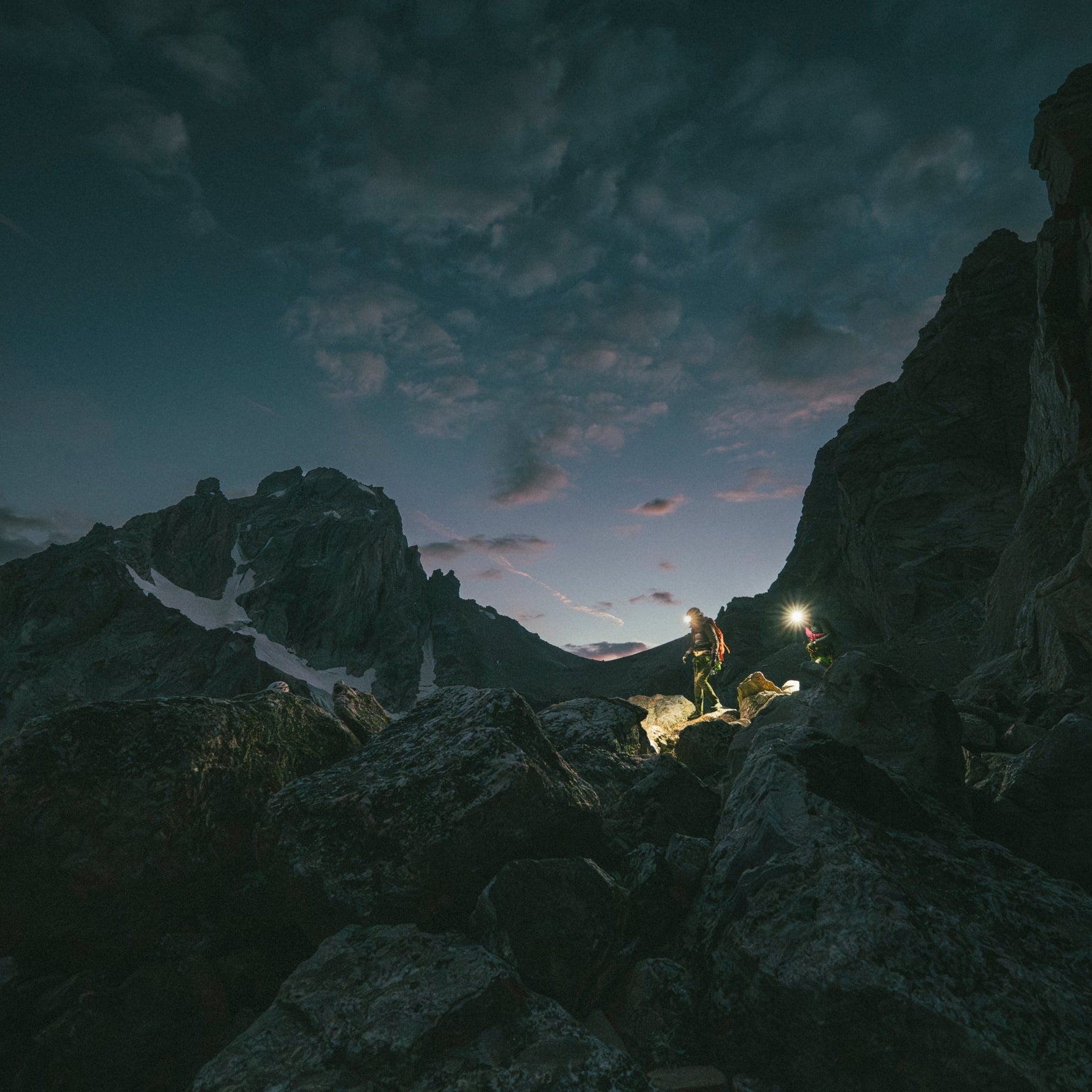

Watch BD Athlete Alex Honnold throw down on some hard trad high above Tahoe.
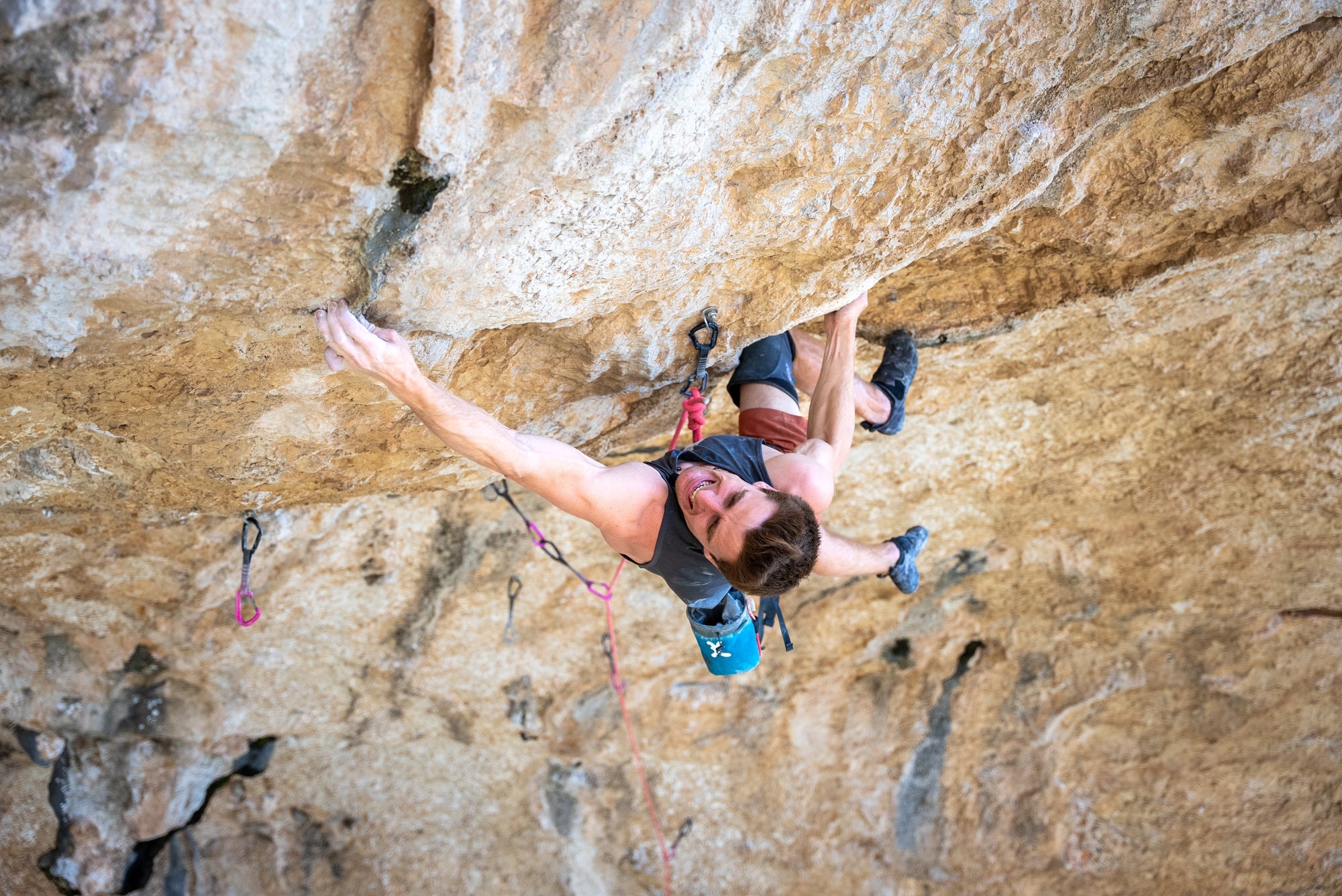

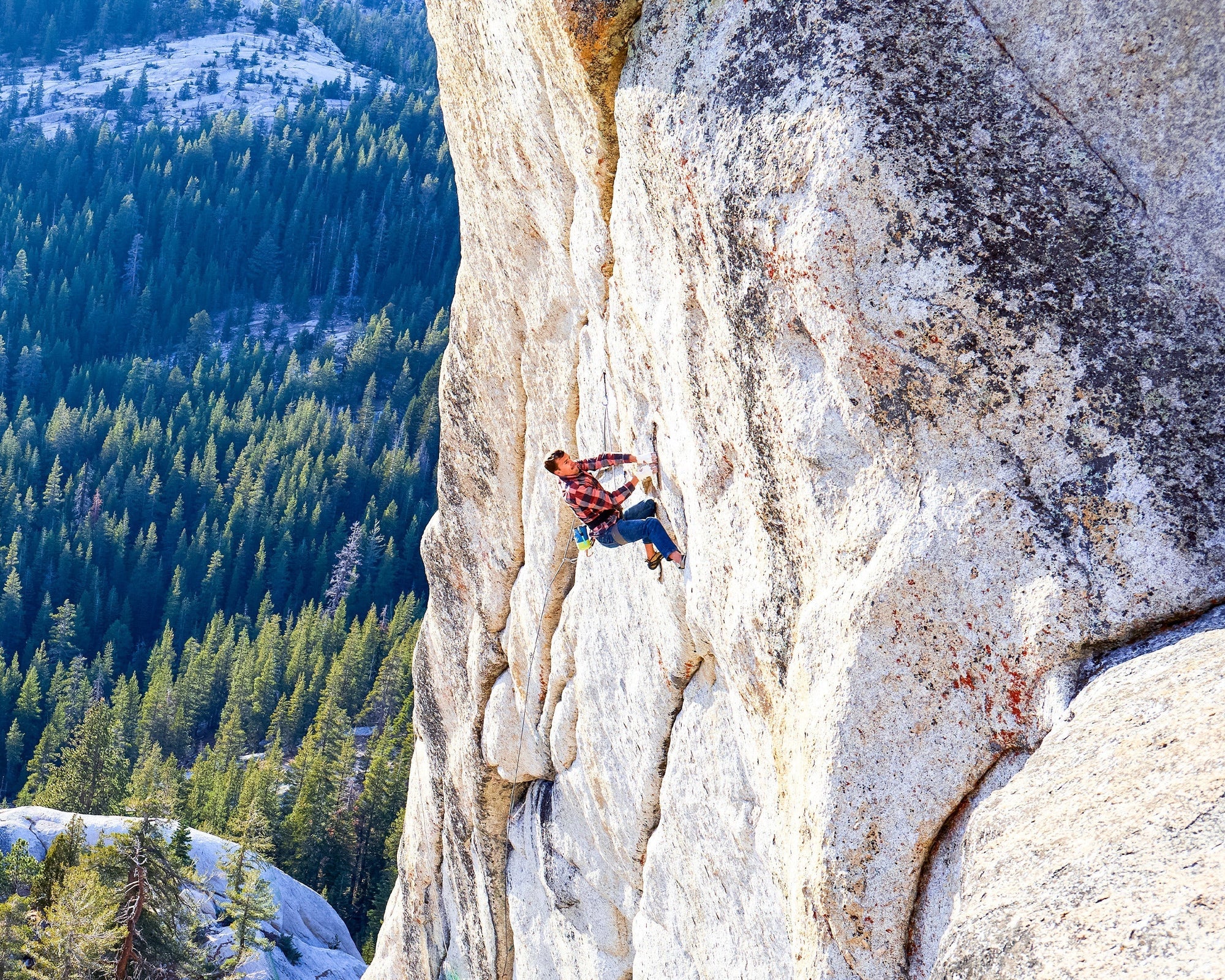
In 2012, filmmaker and photographer Ben Ditto, and professional climber Mason Earle equipped an immaculate...
In 2012, filmmaker and photographer Ben Ditto, and professional climber Mason Earle equipped an immaculate line in Tuolumne’s high country. But their attempts to free the route were thwarted when Mason’s life changed drastically. With the help of Connor Herson, Ditto and Mason found a way to keep the dream alive.
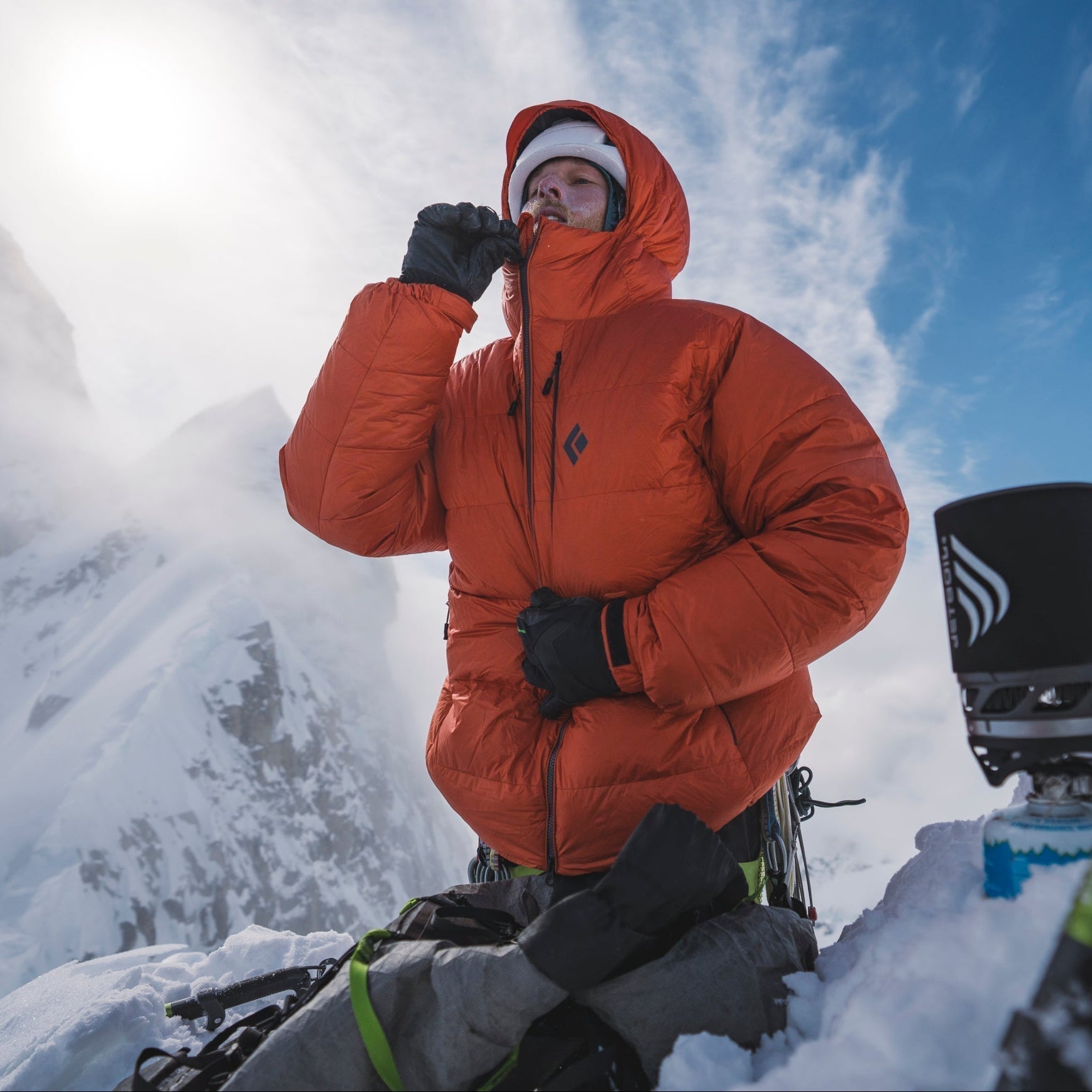
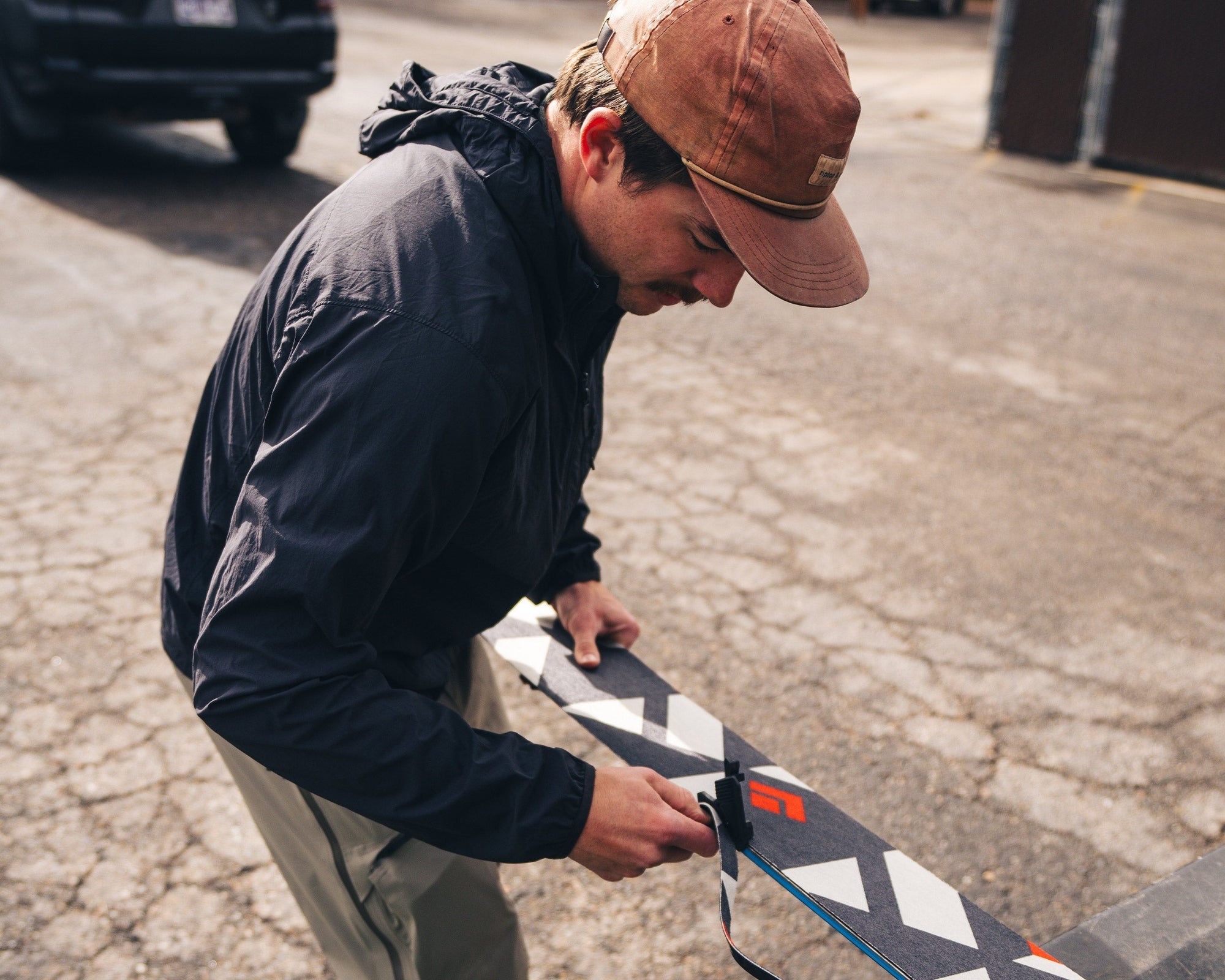
Watch and learn as our Field Test Coordinator runs you through a step by step...
Watch and learn as our Field Test Coordinator runs you through a step by step process of trimming and setting up any STS-style Black Diamond skin.


Every climber has a few lines they dream about. Whether inspired or haunted—or sometimes both—these...
Every climber has a few lines they dream about. Whether inspired or haunted—or sometimes both—these lines can push us beyond what we thought we were capable of, in turn teaching us who we really are. BD Ambassador Ethan Salvo recently restructured his entire life to focus on two climbs that pulled him into the void with only one way out … getting to the top. This is his story of sending Dreamcatcher and becoming the first Canadian to climb V16 in the same week.
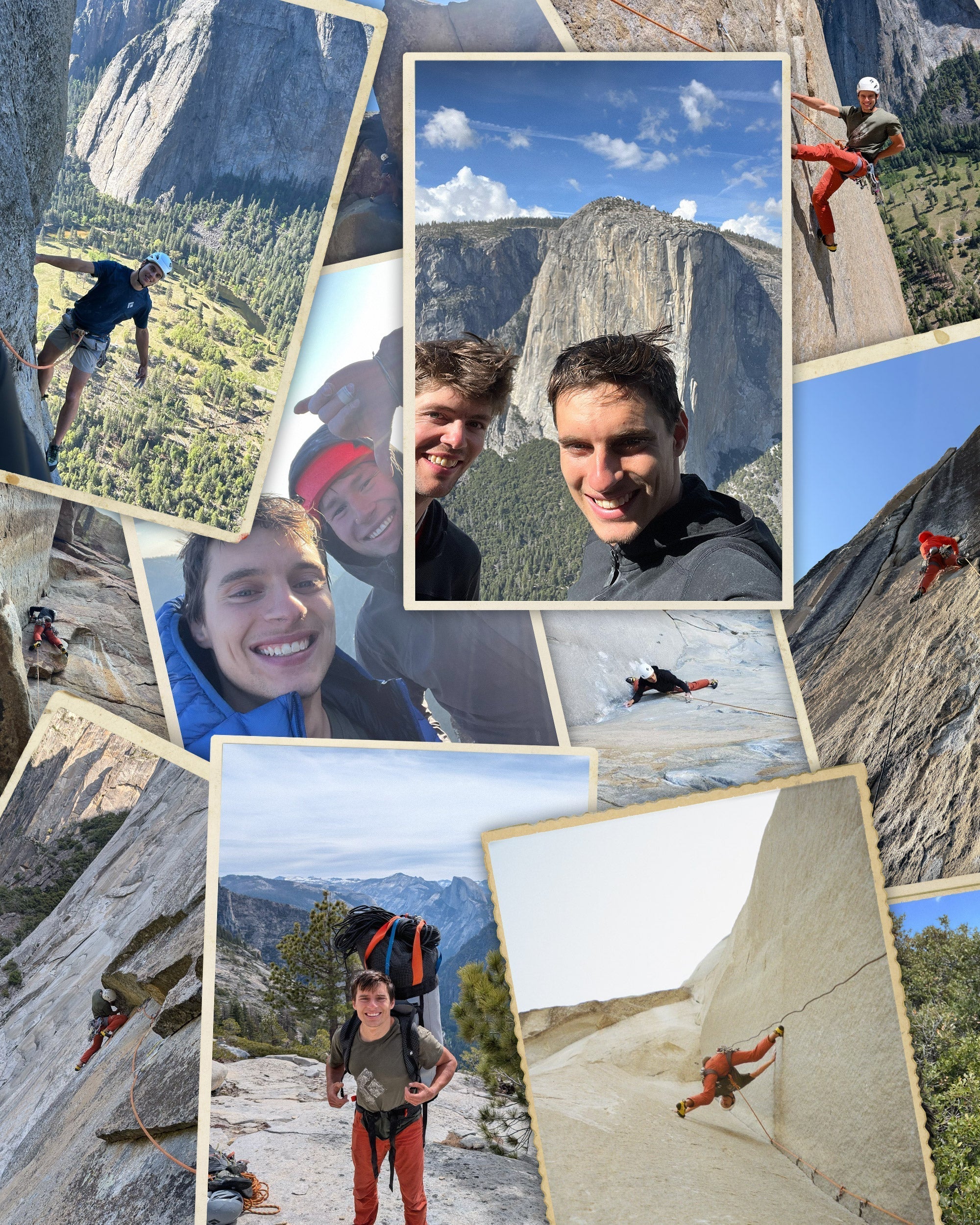
BD Athlete Connor Herson spent as many weekends as possible in the Valley this spring...
BD Athlete Connor Herson spent as many weekends as possible in the Valley this spring during a grueling quarter at Stanford. The objective? Ground up, in-a-day ascents.
